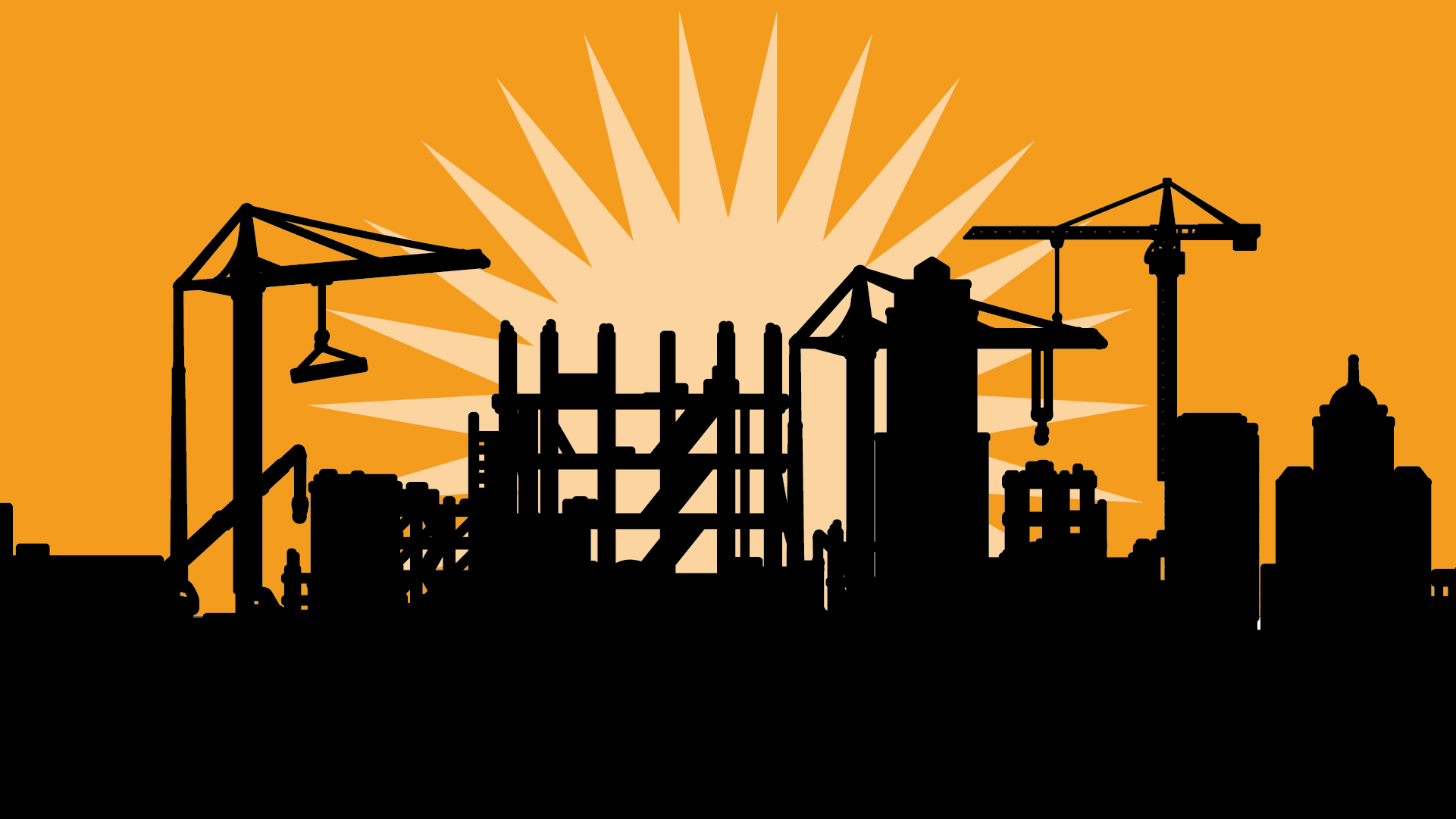
Toolbox Talks
Toolbox Talks safety briefings are an easy and efficient way to keep construction employees safe.
New Toolbox Talks Portal
🛠️
New Toolbox Talks Portal 🛠️
We’ve launched a NEW Toolbox Talks portal where you can access over 125 safety briefings that have been updated since 2023!
As development continues on the new portal, we will continue to host the older versions of the talks on this page as an archive.
What are Toolbox Talks?
These brief meetings offer an opportunity for team members to learn about potential hazards and preventive measures, as well as a chance for the employer to review safety regulations. They are a great way to ensure that everyone is aware of the safety protocols that must be adhered to in order to prevent accidents and injuries on the job site.
Each toolbox talk has been reviewed and approved by a subject matter expert at L&I DOSH.
Search Toolbox Talks
Type a search term in the search box below to view English toolbox talks that match your search query. Or, use the category dropdown to view related talks.
Funding and support for the Toolbox Talks project and mobile apps has been provided by the State of Washington, Department of Labor & Industries, Safety & Health Investment Project.
Flagger Hazards
Date Posted: 05/11/2024
Flagging traffic is both a critical and a potentially hazardous part of providing a safe work zone for workers, the general public, and motorists. According to an OSHA Fact Sheet, “transportation incidents and workers struck by vehicles are responsible for the highest number of fatal work injuries,” according to data from the Bureau of Labor Statistics.
Backing up Trucks and Equipment Safely
Date Posted: 04/21/2020
The national Safety Council states, that one out of four accidents occur because of bad backing up techniques and procedures. The report also states backing-up accidents account for 500 deaths and 1,500 injuries each year. (2014 study)
Avoiding Falls From Vehicles
Date Posted: 09/24/2016
Every year hundreds of people risk serious injury falling from vehicles. This talk sets out the basic steps you can take to prevent falls while loading and unloading vehicles.
Bucket Trucks
Date Posted: 09/23/2016
According to Occupational Safety and Health Administration (OSHA) statistics, some 30 workers die each year from using aerial lifts.
Diesel Exhaust
Date Posted: 09/18/2016
Diesel engines provide power to a wide variety of vehicles, heavy equipment and machinery in a large number of industries such as construction, transportation, mining, agriculture and types of manufacturing operations.
Driver Safe Work Zone
Date Posted: 09/18/2016
Unexpected traffic delays can be avoided by following specific guidelines at the Traffic Control Zone.
Flagger Orientation
Date Posted: 09/13/2016
(MUTCD Signaling & Flaggers 296-155-305 Part E)
Flaggers are to be used only when other means are not adequate to control traffic. All workers are required to have a jobsite orientation. This requirement also applies to flaggers who are working on the jobsite and any workers who will perform flagger duties. Please use MUTCD for specific requirements.
Flagging at Night
Date Posted: 09/12/2016
Night work flaggers are faced with more challenging and dangerous situations than flaggers working during daylight hours. Nighttime drivers are more inattentive due to driver fatigue from the completion of the day. It is important for flaggers to remain alert and watch traffic approaching from both directions.
Gasoline Handling Safety
Date Posted: 09/12/2016
Gasoline can be used on job-sites for some tools and equipment. Improper handling of gasoline increases the workers risk for serious injuries and even fatalities.
Night Work
Date Posted: 09/04/2016
Night work is often necessary to complete a given task on a construction site. Night work can provide specific challenges that are not experienced during the day, particularly visibility. The following tips will help during those times.
Pedestrians and Night Work
Date Posted: 09/03/2016
Night work is difficult, especially with regards to visibility of pedestrians. Construction workers typically wear class 2, or at least high visibility garments. Pedestrians rarely wear high visibility garments which can create increased risk at the jobsite during the night.
Working Around Traffic
Date Posted: 08/14/2016
Working around traffic, we often think of only the flagger. However, the flagger is not the only one affected by traffic. Many times work zones are located within 2 to 3 feet of live traffic. If a flagger is present, they may be able to give warning of approaching hazards, but if no flaggers are used, then everyone on-site must stay alert.
Download the FREE
Toolbox Talks App!
Discover, discuss, and document over 150 Toolbox Talks! The Toolbox Talks app makes it simple to find safety talks for both construction and marine industries in English, Spanish, and Russian. Find a talk to review, then document your safety briefing with a signature capture form that generates a PDF of the meeting details that you can email or save to your device.
Funding and support for the Toolbox Talks project and mobile apps has been provided by the State of Washington, Department of Labor & Industries, Safety & Health Investment Project.




















